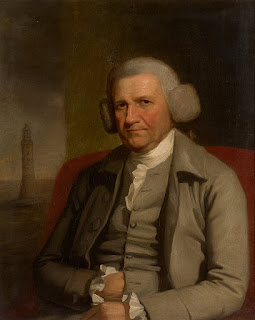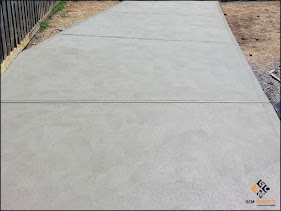Alexandre Gustave Eiffel: The Civil Engineer Of Eiffel Tower

Alexandre Gustave Eiffel is a name that is synonymous with one of the most iconic structures in the world - the Eiffel Tower. The tower is not only a symbol of Paris but also a testament to the ingenuity and creativity of Eiffel, who designed and oversaw the construction of the tower. In this blog, we'll take a closer look at Eiffel's life and the story of how the Eiffel Tower came to be. Early Life and Career Alexandre Gustave Eiffel was born on December 15, 1832, in Dijon, France. His father, a wealthy industrialist, encouraged Eiffel to pursue engineering. Eiffel studied at the École Centrale des Arts et Manufactures in Paris and graduated in 1855. He then worked as an engineer for several years before founding his own engineering firm in 1866. Eiffel's firm was responsible for the construction of several notable structures, including the Garabit viaduct, which was the highest bridge in the world when it was completed in 1884. Eiffel was also involved in the constructio...



